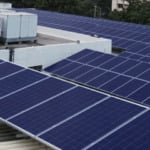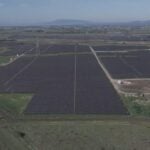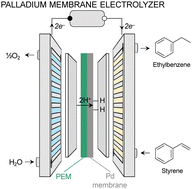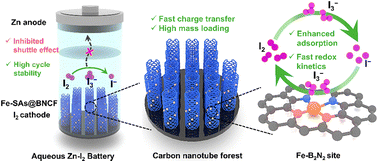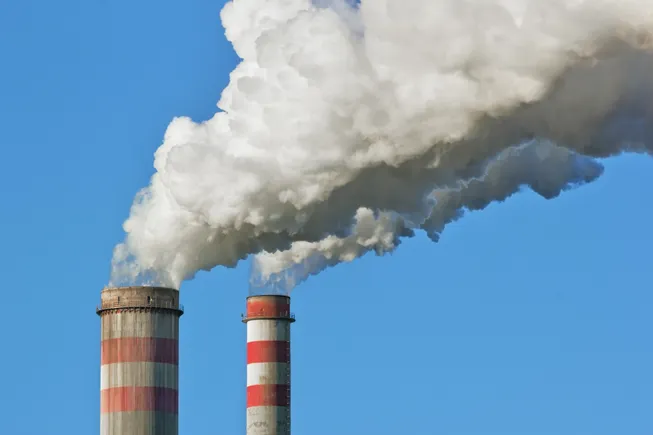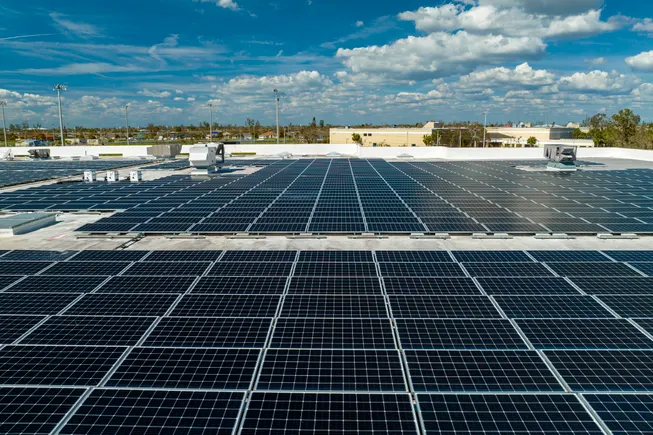How to Conserve Water on Small-Scale Farms: 7 Tips for Success
Water conservation has become a primary concern for farmlands as availability declines. Here are 7 ways to conserve water on your small-scale farm. The post How to Conserve Water on Small-Scale Farms: 7 Tips for Success appeared first on Modern Farmer.

As climate patterns shift and water resources become increasingly precious, small-scale farmers face mounting pressure to optimize every drop. While typical conservation methods like drip irrigation and rain harvesting remain effective, today’s agricultural landscape demands innovative approaches that go beyond the basics.
By incorporating even more conservation strategies than just one or two, farmers find they can cut costs, and preserve this non-renewable resource in turn. To do this, some even harken to techniques used by farmers for centuries.
The following strategies offer both time-tested and cutting-edge solutions that help experienced farmers enhance water efficiency without compromising yield or quality.
Employ RDI

Like humans, plants mature and build resiliencies to various pressures through their life cycle. There are times in many plants’ growth when they are more drought-tolerant, and it’s appropriate to provide less water.
Regulated deficit irrigation (RDI), a technique that became popular on an industrial scale about 40 years ago, can reduce water consumption by 20-40% while maintaining up to 90% of maximum yields in certain crops. The key to this technique is understanding crop-specific timing, and restricting irrigation during those times.
For example, grapes actually develop better flavor when moderate water stress is applied as they ripen, while stone fruits can tolerate reduced irrigation after fruit set. Jalapeños develop much more capsaicin as they ripen in a dry area.
Each plant is different. The most important aspect of working with RDI is knowing which growth stages require the most care and consistent watering. Soil moisture meters keep farmers abreast of the fluctuations for best timings. Then a gradual reduction in irrigation can take place over a period of time. This gives plants water when they need it, and not when they don’t.
Maintain Healthy Soil

A healthy soil microbiome and good soil structure are what the USDA calls ‘Water in the Bank’. This comes down to a good balance of organic matter and soil structure. Using farm-made composts in the garden to boost fertility has the added benefit of providing better tilth, and a better home for earthworms and arthropods that make soil a part of a living ecosystem.
Improvements to soil occur in other ways, too. By limiting practices that degrade the soil, it retains much more moisture in extremes. While industrial farms often carry out seasonal tilling and plowing, this does more harm than good. No and low-till practices are better for maintaining a farm full of water-retentive soil.
For those in areas where native soils are extremely sandy and nutrient poor, farming in raised beds is a good solution. Laying your garden on top of ground is a good way to build garden soil from the ground up. Simply top off the garden with amendments in upcoming seasons to keep it going.
Modify Your Microclimate

Mitigate water loss through adjustments in microclimates. By strategically placing reflective materials, shade cloth, and even rock formations, manipulate local temperatures and humidity. Even more heat-tolerant plants benefit from this.
Mulching crops is one obvious way to do this. A light-colored mulch reflects sunlight and reduces heat. Shade cloths keep more tender crops safe in the sun’s intense rays, reducing evaporation. Shade canopies allow sunlight through at a filtered rate.
Strategically placing water-filled containers around the growing space slowly releases moisture into the air, providing ambient humidity in more arid climates. Windbreaks are another viable option. These keep water particles in the topsoil, preventing them from being swept away in a gale.
Swales have been touted as an effective method for climate resiliency. However, these should be used in specific contexts, and it’s more effective to employ rain gardens. By planting depressed areas prone to pooling with plants that can handle it, the soil retains more moisture. This is a great way to offset pollution and preserve groundwater as well.
Include Water-Efficient Plantings

Strategic plantings increase the likelihood of water conservation. Partnerships that create natural canopy structures shade soil and reduce moisture loss. Others share moisture through complementary root structures. Some pairings allow one plant to act as a living, low-lying mulch, covering the ground and holding water in the soil.
The most effective water-sharing companions include:
- Deep-rooted perennials planted with shallow-rooted annuals
- Nitrogen-fixing legumes with water-efficient brassicas
- Tall canopy crops with low-growing ground covers
Similar to planting companions together is planting multiple crops together that have similar irrigation needs. This technique is called hydrozoning, and when coupled with an efficient irrigation schedule, it saves water quite well. In drip irrigation systems, hydration goes to plants that need it, leaving more drought-resilient ones out of unnecessary routines.
Capture Water

Rather than letting water flow in and out of the growing space, farmers develop systems to capture rainwater. Simple structures condense, direct, and cache water as it rains. Using greywater systems to divert lightly used water toward irrigating crops is an excellent preservation technique.
Aside from rainwater catchment barrels, other innovations help, too. Condensation screens pull ambient humidity released by high-transpiration crops and drip them into storage. This is most effective in enclosed growing areas, but offsets a good deal of water that would otherwise evaporate.
Fog catchers harness the moisture produced by fog. Vapor from dense fogs hits the screen and drips down to a gutter, which channels water into a tank. This allowed farmers in the Dominican Republic to harvest over 4000 liters of water over a 40 square meter area in just one day.
Try Dry Farming

In arid climates, like the Mediterranean and the American southwest, people have practiced a low-input style of growing and production for some time. This technique is called dry farming, and it relies on the constraints of the climate to determine which plants to grow and how much to produce.
Grapes and olives are some of the easiest crops to dry farm, but there have been many successes with other crops, including but not limited to grains, cucurbits, and solanaceous plants. Potatoes, tomatoes, and watermelons have been cultivated successfully in a dry system.
The key to this technique is growing in a healthy soil and properly spacing plants. Then applying a three to four-inch layer of soil in a perimeter around the cultivated area just after the first rain of the season. This makes it possible to keep the moisture within that specific area. An alternative mode of doing this is cultivating a long-standing cover crop in a perimeter around the farm.
Rotate Crops and Grazing Areas

Crop rotation is not just a method for reducing pest and disease pressure. It’s a technique for ensuring water remains in the soil. By rotating deep and shallow-rooted plants in and out of a cultivated space cyclically, soil erosion is reduced, and water infiltration is increased.
Researchers at the European organizations, Natural Water Retention Measures found crop rotation does all this, and it has a high capability to recharge ground water. They also found there was a medium reduction in pollutant content and groundwater loss.
Grazing rotation, therefore, goes hand in hand with crop rotation. There is a significant effort to promote this practice among ranchers, and is often coupled with ranchland conservation. The inclusion of native plantings safe for livestock is an integral part of this practice, as they are already adapted to the climate.
The entire ranch is cut into multiple sections called paddocks. Livestock are sequestered to one paddock at a time. As animals graze, the vegetation in the paddock reduces, and in response, they are rotated to another paddock with more vegetation. In the interim, the prior grazing area can be restored either naturally or through the efforts of reseeding and planting.
As the land restores and regrows vegetation, it sequesters more carbon and retains more water. A reduction in overgrazing means farmers don’t need to use irrigation systems to keep vegetation on the land, and retention pools have a chance to collect more water.
Agriculture’s Water Challenge Is About to Get a Lot Worse
A new study estimates that water scarcity will worsen in more than 80 percent of croplands by 2050.
The post How to Conserve Water on Small-Scale Farms: 7 Tips for Success appeared first on Modern Farmer.







































































































![[Updated] B-2 Spirit Bombers Struck Iranian Nuclear Sites](https://theaviationist.com/wp-content/uploads/2025/06/B2sGuam_2.jpg)









